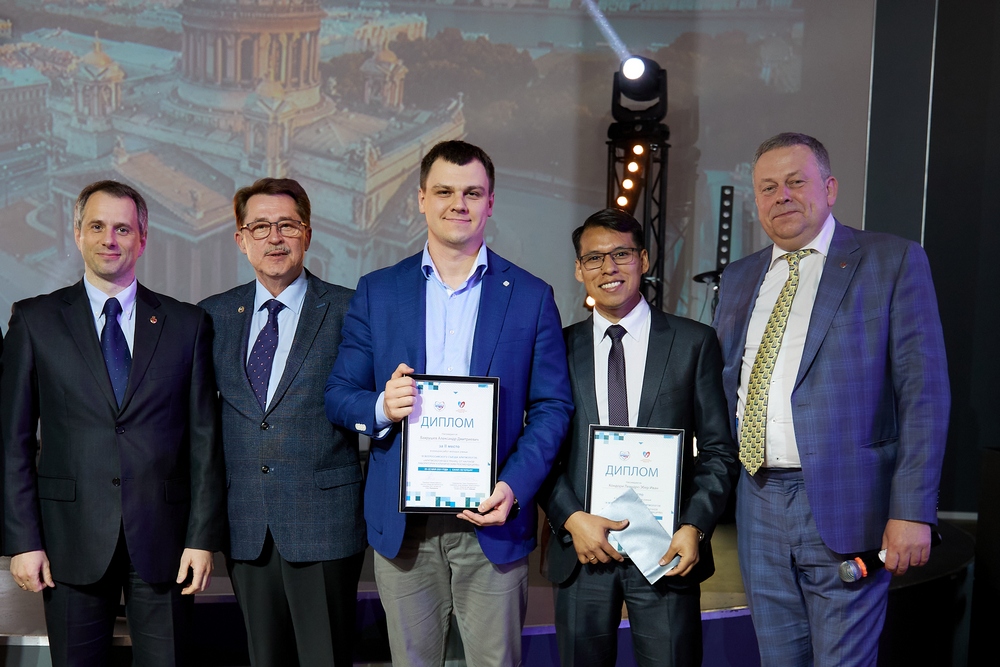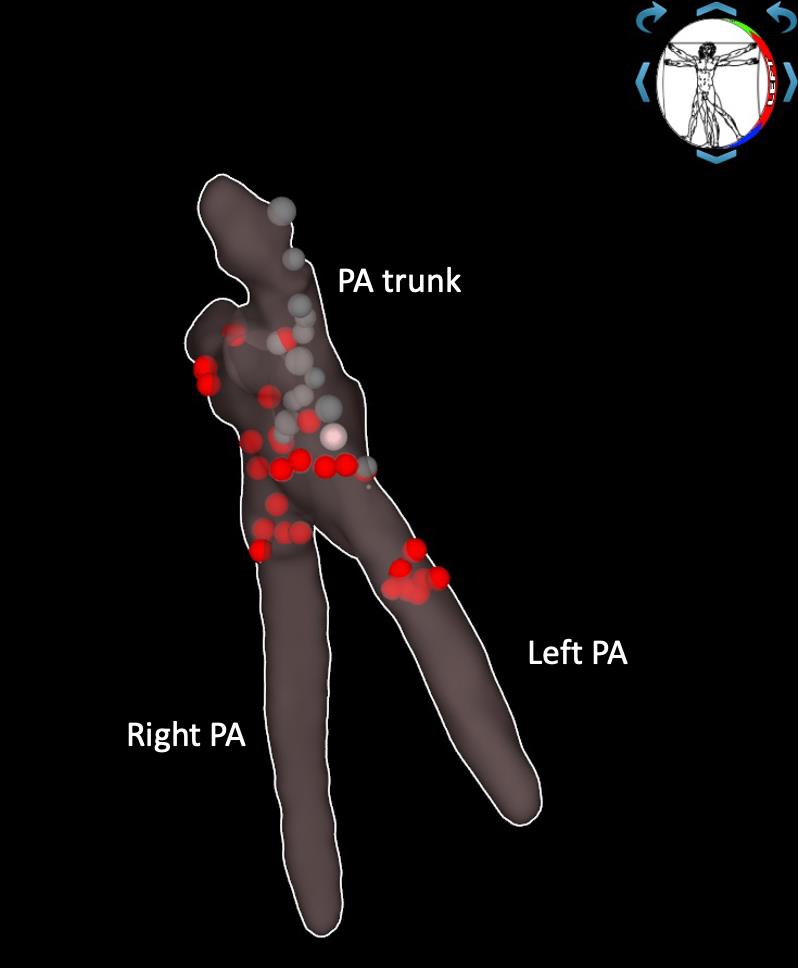
Advanced experimental developments made by the specialists of the Neuromodulation Research Laboratory and Arrhythmology Research Department are recognized by the international scientific community.
Scientific and technical progress in recent years has led to the development of a number of new cardiovascular therapy techniques. One of the main methods for treatment of tachyarrhythmias is transvascular destruction of arrhythmogenic zones in the myocardium. Significant success has been achieved in this field: invasive and surface mapping systems have been enhanced, radiofrequency and cryoablation approaches have been improved, development of catheter electroporation ablation is underway.
Each ablation method has peculiar advantages and limitations in certain cases. When the arrhythmogenic area is located deeply in the left ventricular myocardium, the penetration of RF energy and cryoenergy is insufficient and the therapeutic effect of ablation is not obtained. In such cases, one of the promising options is fiber-optic laser ablation. Deep layers of the myocardium are more accessible for laser energy due to the good tissue penetration depth. Due to the light-absorbing properties of the endocardial lining, the laser beam penetrates the myocardium without significant damage to the endocardium, which makes laser ablation safer in terms of thrombotic complications.
Head of Arrhythmology Research Department, Chief Visiting Arrhythmologist of the Northwestern Federal District, Prof. Dmitry Lebedev explains:
“We have been investigating the new types of physical stimulation for transcatheter ablation of the cardiac pathways for more than 30 years since the late 1980s. Direct and radio-frequency currents have been studied and put into practice, new methods are being developed. These include pulsed RF current and laser energy. Laser ablation has a number of advantages over the available methods, and after the studies are over and certain technical issues are resolved, it will find its place in catheter procedures for the most severe cardiac arrhythmias.”

Thermal image during the experimental ablation of myocardial tissue
Another area for the application of fiber-optic laser ablation is the denervation of large vessels. It is a promising treatment approach for a number of cardiovascular diseases. Previously, denervation of the renal arteries was proposed for the treatment of arterial hypertension and some ventricular tachycardias, and its effect is being studied for heart failure. Pulmonary artery denervation was proposed for the treatment of pulmonary hypertension of various origins, this approach has been developed for three years by the specialists of Almazov Centre, and many world-class research teams are now guided by this technology of safe and effective denervation.
Evgeny Mikhailov, Head of Neuromodulation Research Laboratory:
“We have a cutting edge experience in transvascular laser guided ablation of perivascular nerves. Previously, we proposed electrophysiological mapping of pulmonary artery nerves before ablation, and now we are using this approach at a new level and with a new technology. A laser beam with a wavelength of 1064 nm introduced through the guided fiber-optic catheter (proposed for the first time in the world) can be used for safer and more effective ablation. We found that in certain modes laser applications do not damage the endothelial layer of blood vessels, and the most effect occurs at a greater depth, where the perivascular nerves are located. By combining modes, ablation methods and improving the catheter design, we achieve previously unattainable efficiency of the procedure. Of course, there is still a lot of experimental work ahead. However, our ongoing successful results inspire optimism and we receive a positive feedback from foreign and national scientists.
We obtain interesting results on cardiovascular disease models in large mammals, especially in the model of systemic arterial hypertension. By the way, this is yet another significant achievement for us – the methodology and experience of disease modeling in large animals.
We have a large team of like-minded people: specialists of the Institute of Heart and Vessels, Pathology Unit, Centre for Preclinical and Translational Medicine as well as engineers and physicists. This year, two of our researchers Heber Ivan Condori Leandro and Alexander Vakhrushev were awarded the prestigious prize of the All-Russian Scientific Society of Arrhythmology for their laser ablation developments. In 2021, we presented a series of methodological developments almost instantly quoted by other researchers, and this means that our work is in demand and the results are used to further improve technology, which ultimately will inevitably lead to better medical care for our patients.”

3D electroanatomical map of porcine pulmonary artery with points of stimulation (gray) and laser ablation (red)
Neuromodulation research is carried out with the support from the Ministry of Education and Science under Grant No. 075-15-2020-800 “Development of new technologies for the prevention and treatment of heart failure based on neuromodulation.” Part of the work on laser ablation is carried out in partnership with SpetsMedTechService.
